TLDR
A septic tank inspection usually costs between 200 and 900 dollars. The average cost is about 550 dollars, but in Louisiana you should expect a range of 300 to 700 dollars depending on the type of inspection, tank size, and system complexity.
What is a Septic Tank Inspection?
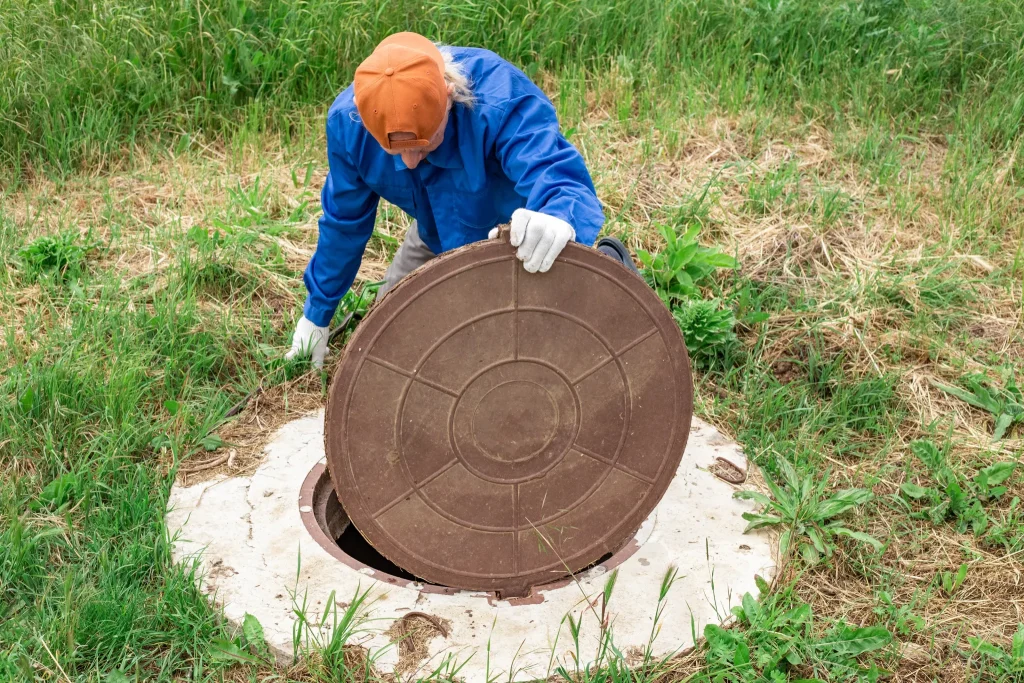
A septic tank inspection is a full check of your septic system. Inspectors look at how the tank, pipes, and drain field are working. They search for leaks, clogs, and signs of system failure.
Key points inspectors check:
- Tank levels and scum buildup
- Drain field performance
- Inlet and outlet pipes
- Septic pump operation
- Signs of water pooling or backflow
A septic system inspection protects your property value and prevents major repair costs. Sewer Solutions recommends inspections every 3 years to stay ahead of issues.
Average Septic Tank Inspection Cost in Louisiana and National Comparison
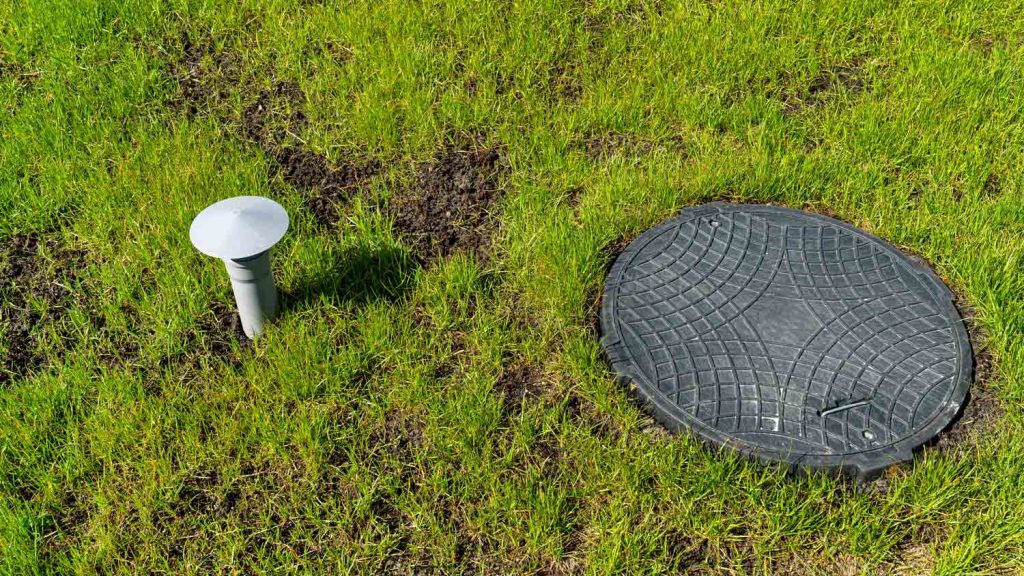
Nationally, septic inspections range from 200 to 900 dollars. In Louisiana, homeowners usually pay between 300 and 700 dollars.
Examples across Louisiana:
- New Orleans: 350 to 650 dollars
- Baton Rouge: 300 to 600 dollars
- Lafayette: 325 to 675 dollars
- Shreveport: 350 to 700 dollars
Sewer Solutions has seen prices in Louisiana lean toward the higher end when travel or specialized inspection equipment is needed.
Factors That Affect Septic Tank Inspection Costs
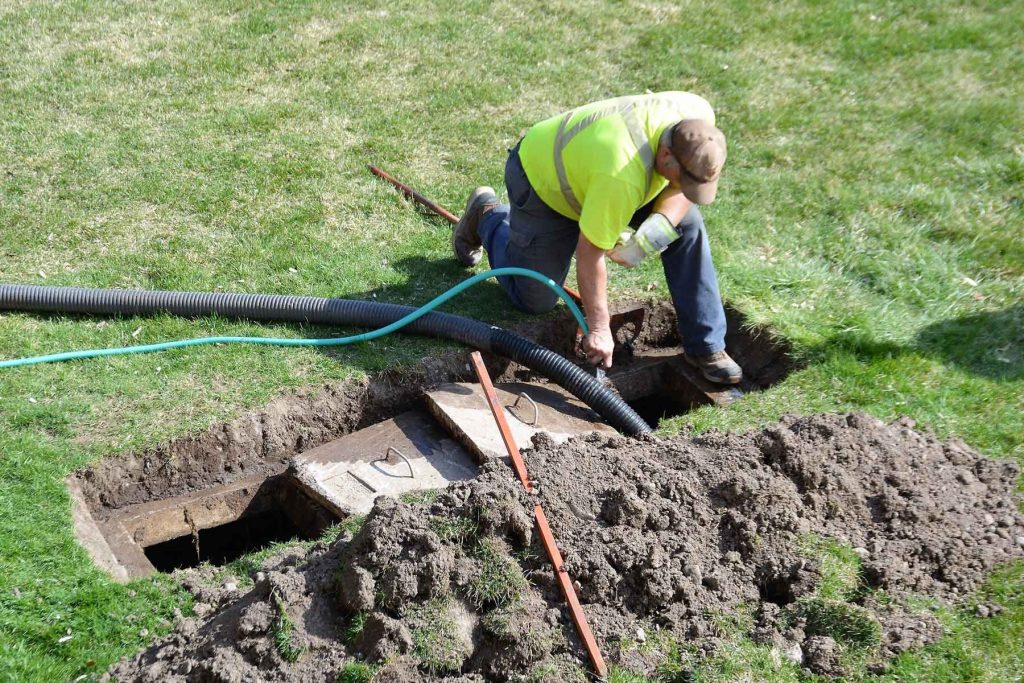
Several elements impact how much you pay.
- Type of inspection
- Visual inspection: least expensive
- Full inspection with pumping: higher cost
- Camera inspection: premium cost
- Visual inspection: least expensive
- Tank size
Larger tanks need more time and effort. - System type
Aerobic systems often need advanced checks compared to conventional systems. - Location
Rural areas often have travel surcharges. - System age and condition
Older systems may require digging or extra work.
Different Types of Septic Tank Inspections and Their Prices
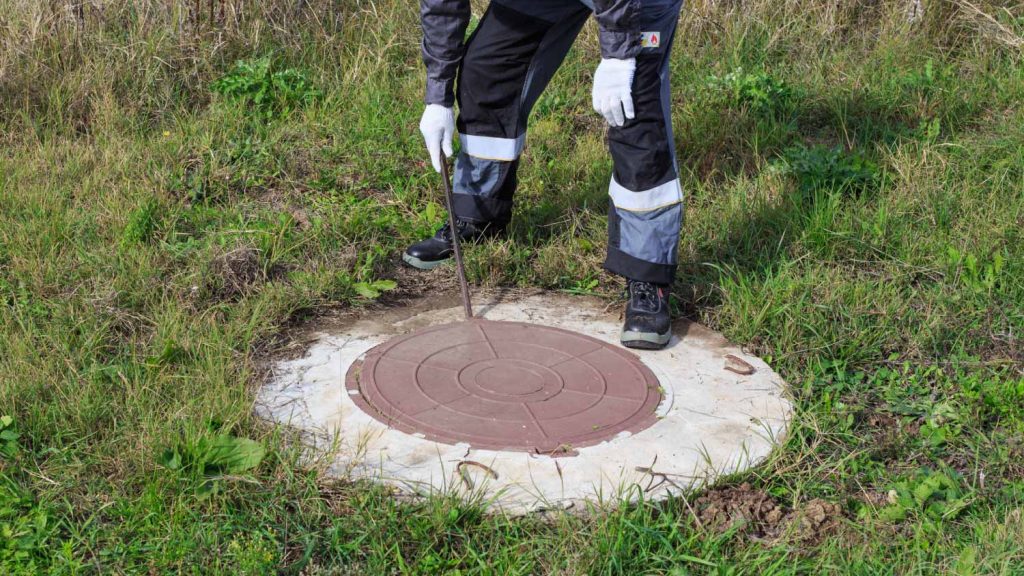
Costs vary depending on inspection depth.
- Visual inspection: 100 to 250 dollars
- Full inspection with pumping: 300 to 600 dollars
- Dye test inspection: 250 to 450 dollars
- Camera inspection: 250 to 900 dollars
Some homeowners ask if a septic tank inspection without pumping is possible. In many cases, yes — a visual or camera inspection can give valuable insights without the added pumping cost. However, if your system hasn’t been serviced in years, Sewer Solutions often advises combining inspection with pumping. This approach saves money on repeat visits and helps catch hidden issues before they become expensive repairs.
How Often Should You Inspect a Septic Tank?

The EPA recommends a septic inspection every 3 years. Pumping is needed every 3 to 5 years.
Louisiana homeowners in tree-heavy or flood-prone areas should inspect every 2 years. Real estate transactions often require a more detailed inspection schedule. For homes in colder regions of the state, a winter septic inspection may be necessary to catch issues early, especially before heavy freezes make access difficult.
Septic Tank Inspection Costs During a Home Sale in Louisiana
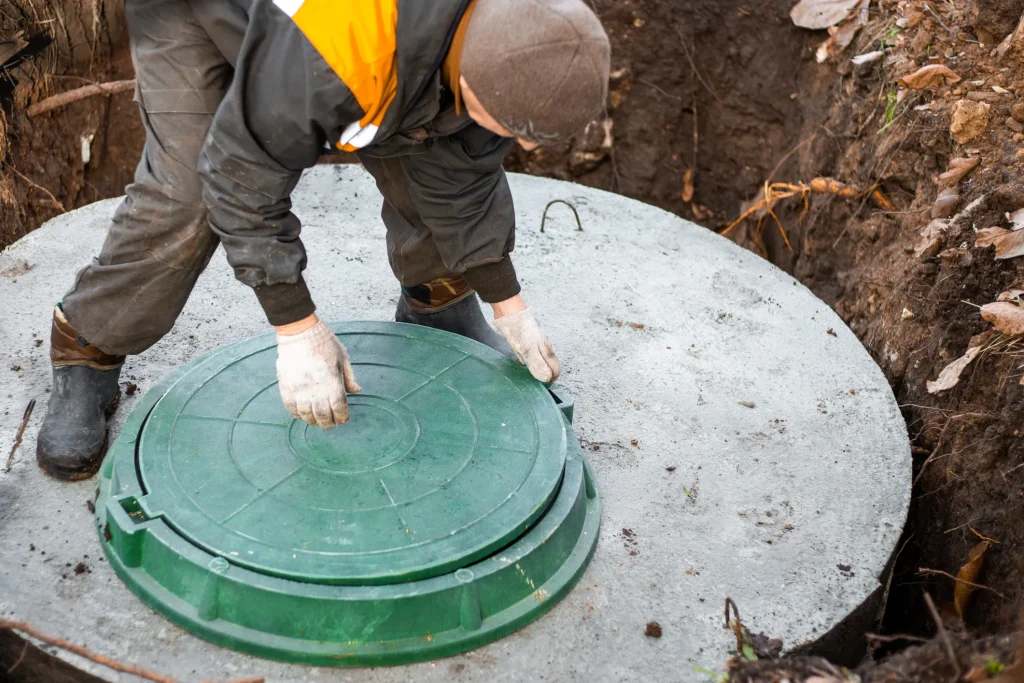
During a property sale, inspections are more detailed. Costs are higher, averaging 400 to 700 dollars.
Requirements often come from lenders:
- FHA and VA loans usually demand septic certification.
- Buyers want assurance before closing.
- Some parishes in Louisiana require local health department approval.
Sewer Solutions handles many real estate inspections and provides detailed reports for smooth closings.
Additional Costs You May Encounter
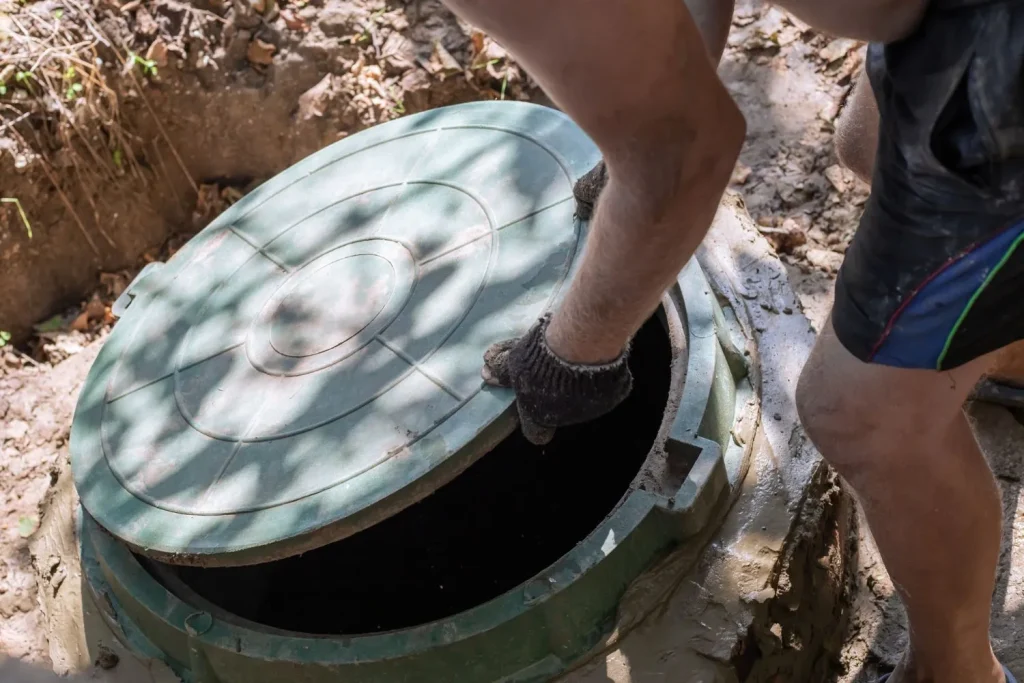
Inspection is the base cost, but you might face add-ons.
- Septic pumping: 300 to 500 dollars
- Minor repairs: 150 to 400 dollars
- Major repairs like leach field replacement: thousands of dollars
- Permits or fees from the Louisiana Department of Health
These costs are not always included, so ask for a full estimate. Homeowners should also be aware that if problems go unchecked, issues with septic systems can sometimes lead to full replacements, which are similar in scope to sewer line replacement costs and can be a significant financial burden.
How to Save Money on a Septic Tank Inspection in Louisiana
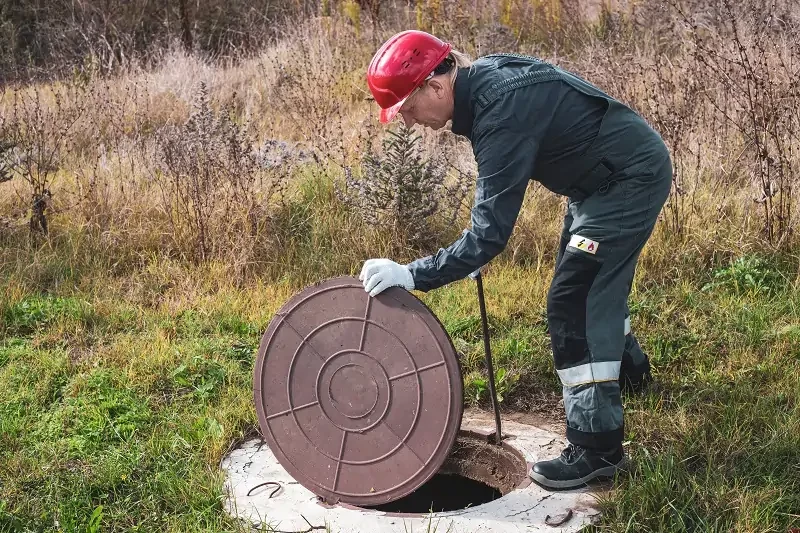
Ways to reduce expenses:
- Bundle inspection with pumping
- Schedule off-season when contractors offer promotions
- Get multiple quotes from licensed providers
- Check if local health departments offer reduced-rate programs
Sewer Solutions offers bundled inspection and pumping packages to help homeowners save.
Finding a Licensed Septic Inspector in Louisiana
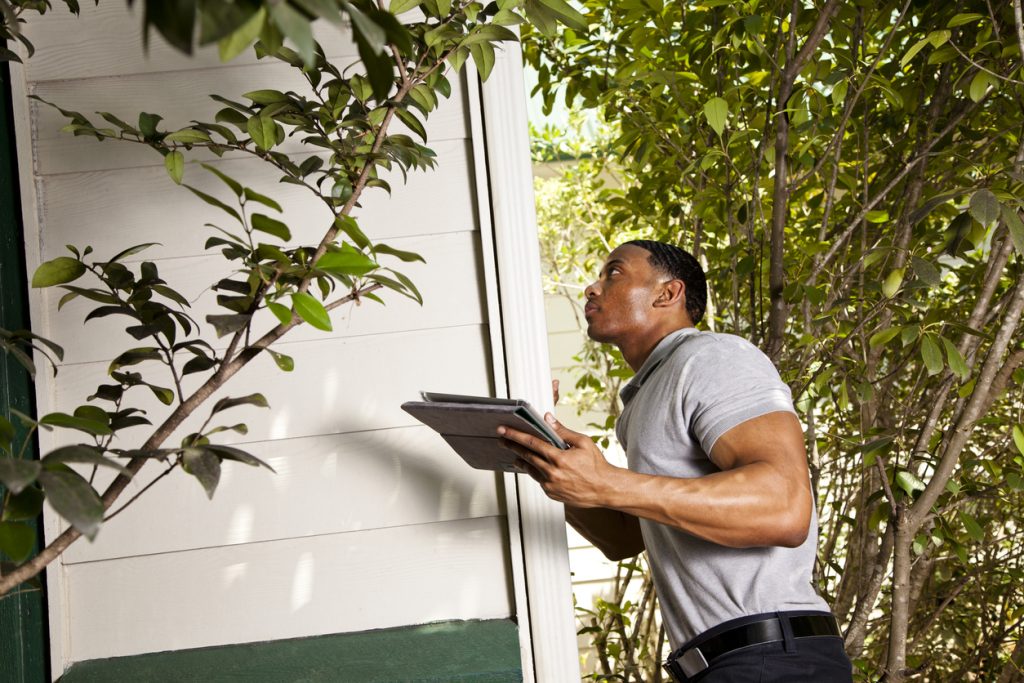
Hiring a licensed professional ensures compliance. Louisiana inspectors must follow state health codes.
Tips for finding the right provider:
- Check certifications with the Louisiana Department of Health
- Look for companies with local experience
- Request references from past clients
- Verify insurance and bonding
Sewer Solutions employs licensed inspectors across Louisiana and provides transparent reports.
FAQs About Septic Tank Inspection Costs
Is septic tank inspection required in Louisiana?
Yes, some parishes and lenders require it, especially during real estate transactions.
How long does a septic inspection take?
Usually 1 to 3 hours, depending on the system.
Who pays for the inspection during a home sale?
Traditionally, the buyer covers the cost, but this can be negotiated.
Does homeowners insurance cover septic inspections?
No, insurance does not cover routine maintenance.
Final Thoughts on Septic Tank Inspection Pricing

The average septic tank inspection cost ranges from 200 to 900 dollars, with Louisiana homeowners usually paying 300 to 700 dollars. The price depends on the inspection type, system size, and condition.
Regular inspections help avoid expensive repairs. Sewer Solutions recommends following EPA guidelines and keeping your system maintained. If you are in Louisiana and want reliable, licensed professionals, Sewer Solutions is ready to help.